#阿波踊り
Explore tagged Tumblr posts
Text

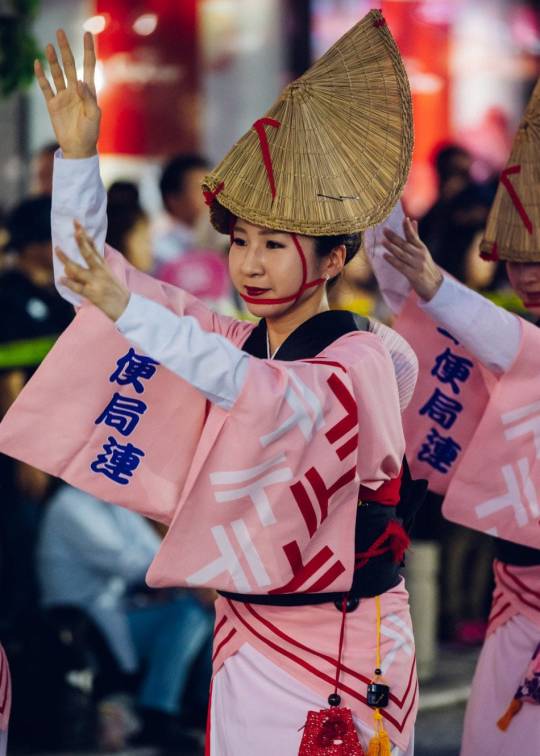

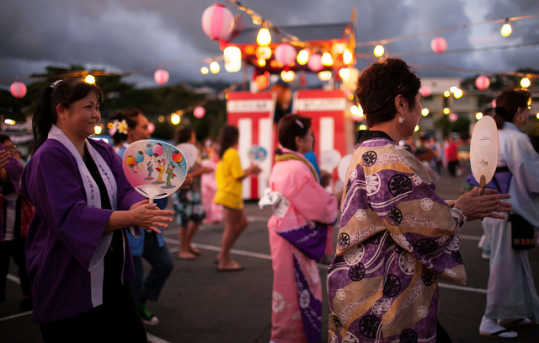
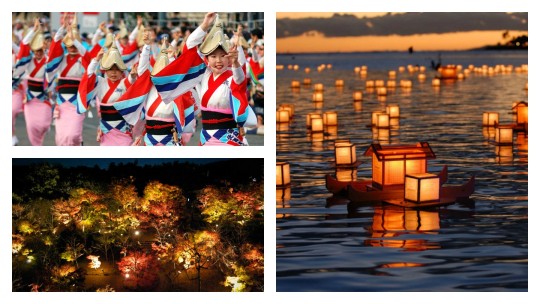

Sean bienvenidos, japonistasarqueológicos a una nueva entrega, en esta ocasión hablaré sobre Obon el festival de los difuntos una vez dicho esto pónganse cómodos que empezamos. - En Japón, en los días de agosto, del 13 al 16, se celebra el Obon, que lo podemos ver en multitud de animes, películas y doramas ya hice mención sobre que estas cosas no solo hay que verlas, como meros dibujos, ya que tienen mucho sentido cultural e histórico. Esta festividad tiene muchos elementos muy característicos como el Gozan no Okuribi también llamado Daimonji, muy característico de finales de estas fiestas, porque suelen ser una serie de dibujos alguno de un torii y otros como el kanji de fuego, por mencionar algunos ejemplos. - Los pepinos(se utiliza para cuando el difunto llega) y berenjenas(caso contrario cuando el difunto se va ) simbolizan la llegada y el regreso del difunto al más allá. Hay muchos países que celebran esta festividad de formas distintas, pero todos tienen en común que honran a sus antepasados, es una festividad que tiene 400 a 500 años de antigüedad y es de origen budista. Para finalizar la publicación mencionaremos el Awa-Odori, (Odori significa bailar) y data del siglo XVI. - Espero que os guste y nos vemos en próximas publicaciones, que pasen una buena semana.
日本の考古学者の皆さん、新しい回へようこそ。今回はお盆についてお話ししましょう。 - 日本では、8月の13日から16日にかけて、お盆の行事が行われる。 アニメや映画、ドラマなどでもよく見かけるが、これらは単なる絵空事ではなく、多くの文化的、歴史的な意味を持っていることは��でに述べた。例えば、五山の送り火は「大文字」とも呼ばれ、鳥居の絵や「火」という漢字の絵など、お盆の風物詩となっている。 - キュウリ(故人が来るときに使う)とナス(故人が帰るときに使う)は、故人があの世に到着し、戻ってくることを象徴している。この祭りをさまざまな方法で祝う国はたくさんあるが、先祖を敬うという点では共通している。阿波踊りは16世紀に遡る。 - それでは、良い一週間を。
Welcome, Japanese archaeologists to a new installment, this time I will talk about Obon, the festival of the dead, and with that said, make yourselves comfortable and let's get started. - In Japan, in the days of August, from the 13th to the 16th, Obon is celebrated, which we can see in many anime, movies and doramas. I have already mentioned that these things should not only be seen as mere drawings, as they have a lot of cultural and historical meaning. This festivity has many very characteristic elements such as the Gozan no Okuribi also called Daimonji, very characteristic of the end of these festivities, because they are usually a series of drawings of a torii and others such as the kanji of fire, to mention some examples. - Cucumbers (used for when the deceased arrives) and aubergines (otherwise when the deceased leaves) symbolise the arrival and return of the deceased to the afterlife. There are many countries that celebrate this festival in different ways, but they all have in common that they honour their ancestors, it is a festival that is 400 to 500 years old and is of Buddhist origin. To end the publication we will mention the Awa-Odori, (Odori means dancing) and dates back to the 16th century. - I hope you like it and see you in future publications, have a nice week.
#日本#歴史#文化#オタク#アニメ#お盆#阿波踊り#五山の送り火#大文字#ユネスコ#祖先#Japan#history#culture#otaku#anime#Obon#AwaOdori#GozannoOkuribi#Daimonji#unesco#ancestors
44 notes
·
View notes
Text

中村橋阿波踊り
2 notes
·
View notes
Video
Koenji Awa Odori Festival by Bernard Languillier
Via Flickr: www.instagram.com/bernard.languillier/
#Japan#Tokyo#Koenji#Awa Odori#festival#阿波踊り#高円寺#flickr#koenji awa odori festival#japanese festival#japanese culture#japanese tradition
13 notes
·
View notes
Text
かっこつけてないで踊ろうぜ
いっぺん
2 notes
·
View notes
Text

#カメラ好きな人と繋がりたい#写真#カメラ#写真撮ってる人と繋がりたい#Street snap#photo#photography#Leica M#street photography#people#Japan#人々#Summarit-M f2.5/35mm#東京カメラ部#フォト#阿波踊り#夏祭り
3 notes
·
View notes
Text
忘年会2024


先日経堂むらさき連忘年会を執り行いました。
今年任期満了の役員への記念品贈呈あり(オーダー篠笛ケース)若干サイズが大きいような気もしますが、ご本人の好きな菜の花色で製作をお願いしました。喜んでいただけたようです!
今年も経堂むらさき連を応援頂き誠に有難うございました!来年もどうぞよろしくお願いいたします🙇🏻♂️🙇🏻♂️🙇🏻♂️
それでは皆様良いお年を!
0 notes
Text
youtube
Why Not Dance? The Awa Odori Festival | nippon.com
0 notes
Text
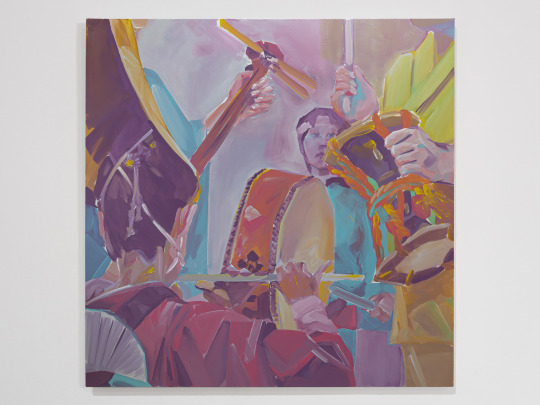
Commissioned by 高円寺PAL商店街 Up cycle paint on canvas 2022 Organized by @richblack_yavay Special thanks to @nuries.inc
0 notes
Text

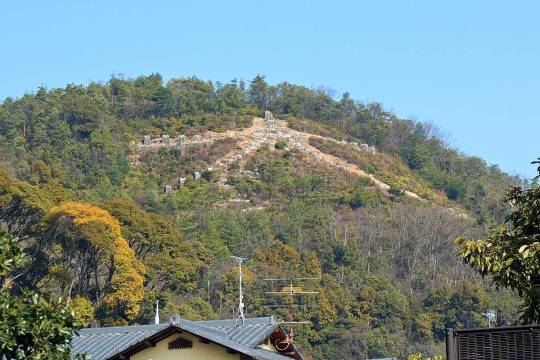


Sean bienvenidos japonistasarqueologícos a una nueva entrega para finalizar el Obon se realizan los llamados Gozan no Okuribi, tambien conocido como Daimonji se realizan el día 16 de agosto. - Espero que os guste y nos vemos en próximas publicaciones, que pasen una buena semana. - Welcome Japanese archaeologists to a new installment to end the Obon, the so-called Gozan no Okuribi, also known as Daimonji, are held on August 16. - I hope you like it and see you in future publications, have a good week. - 日本の考古学者の皆さん、お盆の締めくくりとなる新たな行事、いわゆる五山の送り火(大文字としても知られています)が 8 月 16 日に開催されます。 - 気に入っていただければ幸いです。今後の出版物でお会いできることを願っています。良い一週間をお過ごしください。 -
#日本#歴史#文化#オタク#アニメ#お盆#阿波踊り#五山の送り火#大文字#ユネスコ#祖先#Japan#history#culture#otaku#anime#Obon#AwaOdori#GozannoOkuribi#Daimonji#unesco#ancestors
24 notes
·
View notes
Photo
True

2016 徳島市阿波踊り
9 notes
·
View notes
Text
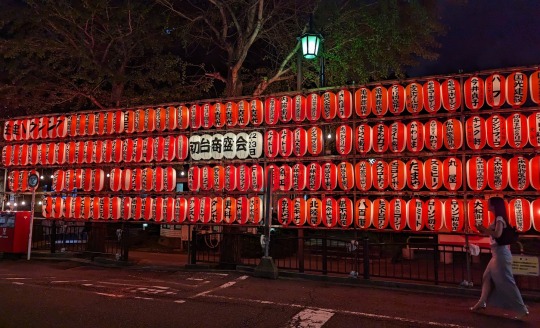
提灯が並んでいた🏮 近々お祭りがあるみたいね。
86 notes
·
View notes
Text
阿波踊りの歴史 踊り念仏・念仏踊りの時代 歴史的に見た阿波踊りの踊り民俗芸能としての起源は、研究者によると、やはり「踊り念仏」が存在するのではないかと考えらています。 中世の「踊り念仏」にさかのぼりうる 阿波周辺の時衆遺跡 三好と本願寺の関係 踊り念仏が娯楽性・芸能性を強めた「念仏踊」 念仏踊りのうち特に盆の時期の踊られた「精霊踊」が、盆の時期に精霊や祖霊を迎えて踊るという現在の盆踊りの原型をつくったと考えられている。 阿波周辺に残る精霊踊り 有名な「津田の盆踊り」など 風流踊り 都市性 戦国時代 有名な「三好記」による阿波板野勝瑞城における風流踊りの催し記録 すでに阿波の地で 風流踊りは念仏踊りと親近関係を持って成立し、 街流しの伝統 風流拍子物 近世における3つの踊り伝統 こうした原型に、阿波踊りの独自性と形式を与えていったhttps://www.bonodori.net/zenkoku/awa/awahistory/ 慶応3年(1867)12月に、いよいよ「ええじゃないか」の乱舞が撫養(むや 撫養町は、かつて徳島県板野郡にあった町。現在の鳴門市撫養町。古くより鳴門の中心的市街地。)に上陸し、翌4年にかけて阿波一円は「ええじゃないか」で浮き立つことになる。 当時の数少い記録によると徳島城下では群衆が「ええじゃないか、ええじゃないか、何でもええじゃないか……」と囃しながら勢見の金刀比羅神社に練行し、そこから讃岐の金刀比羅宮や施行の船に乗り込んで伊勢神宮に向う人も多かったことを伝えている。ここで「ええじゃないか」の経緯については述べないが、この乱舞が阿波踊りの芸態を変化させたか、何も変化させなかったか、在来の諸説を考慮しながら考察の一端について書いてみよう。 いうまでもなく阿波踊りと「ええじゃないか」では、囃す文句も踊る所作ももともと異なるものである。 ところがその前提を少し考えておかなくてはならない。そこで文政13年(1830)の御蔭詣では徳島城下から始まり、阿波衆は伊勢で「踊るも阿呆なら見るのも阿呆じゃ、どうせ阿呆なら踊らんせ」と囃して踊り狂ったという。 この踊りがおもしろいというので大流行し、上方の豊年踊りに転化したとする有力な説がある。 「ええじゃないか」は豊年踊りをモデルとしたというのもよく知られる説である。 そのような説から考えてみると、阿波では得意の阿波踊りで「ええじゃないか」を踊ったのはごく自然なことであった。 ただそれまでの阿波踊りは、人形浄瑠璃の太棹が鳴物の主力を占めていたといわれるように、若干テンポの緩やかな踊りであったのに対して、テンポの早い「ええじゃないか」の大流行を契機として、阿波踊りもテンポを速め、鳴物の主役も細棹に取り替えられていったというのも、かなり多くの人たちの主張である。その真偽について実証することはできないことだが、興味深い課題の一つである。https://www.awabank.co.jp/kojin/chiiki/awaodori/part5/
0 notes
Text
Shirokane Awa-Odori Festival, Festival(Tokyo, Japan) 白金阿波踊り★★
I went to the neighborhood festival, Shirokane Awa-Odori Festival (^o^)
I had Burger Mania's Caramelized Onion Cheese Melt Burger, Osteria Emme's blood orange juice, and L'atelier Cocco's hot dog (^o^)v
近所の祭り、白金阿波踊りに行って来ました(^o^)
バーガー•マニアのハンバーガー、オステリア•エンメのブラッド•オレンジ•ジュース、ラトリエコッコのホットドッグをいただきました(^o^)v








0 notes
Text
経堂エイサーまつり2024
instagram
instagram
instagram
instagram
instagram
0 notes


